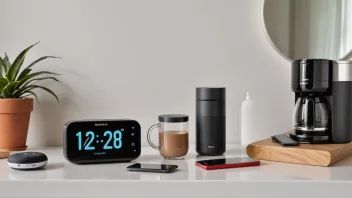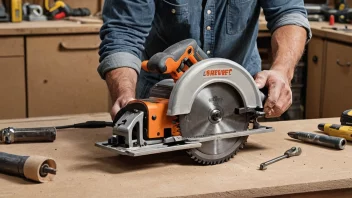Measuring tapes are essential tools for any DIY enthusiast or professional tradesman. They provide the precision needed for a range of tasks, from home renovation to woodworking projects. However, using a measuring tape accurately can be a bit trickier than it seems. In this article, we will explore some practical tips to help you get the most out of your measuring tape.
First and foremost, it's crucial to understand how to read your measuring tape correctly. Most tapes show measurements in both imperial and metric units, so familiarize yourself with both systems. The larger numbers typically indicate inches or centimeters, while the smaller lines represent fractions of an inch or millimeters. Take a moment to practice reading the tape, as accurate measurements are the foundation of any successful project.
Another vital tip is to ensure that your tape is straight and taut when measuring. A common mistake is to let the tape sag, which can lead to inaccurate measurements. To avoid this, hold the end of the tape at the starting point and pull it straight along the surface you are measuring. If you're measuring a large distance, consider using a second person to help hold the tape in place.
When measuring around corners or curves, you can use the hook on the end of the tape to ensure accuracy. The hook is designed to slide slightly, allowing for precise measurements whether you are measuring from the inside or outside of a corner. Remember to account for the hook's thickness when measuring, as it can affect your final measurement if not considered.
It's also beneficial to mark your measurements clearly. Use a pencil or a chalk line to mark the points you’ve measured. This step will help you avoid miscalculations later on. If you're working on a project that involves multiple measurements, keeping a notepad handy can be incredibly useful. Jot down your measurements as you go to ensure you have a reference point.
Regular maintenance of your measuring tape is essential for accuracy over time. Ensure the tape is free from debris and that the markings are legible. Over time, tapes can become worn or stretched, leading to inaccuracies. If you notice any issues, it may be time to replace your tape.
Lastly, practice makes perfect. The more you use your measuring tape, the more comfortable you will become with it. Take the time to measure different items around your home or workshop, and try various techniques to see what works best for you.
In conclusion, mastering the use of a measuring tape can significantly enhance your DIY projects and professional tasks. By understanding how to read your tape, ensuring accuracy through proper technique, and maintaining your tools, you’ll find that measuring becomes second nature. Remember to mark your measurements clearly and practice frequently. With these tips, you’ll measure with confidence and precision every time.






